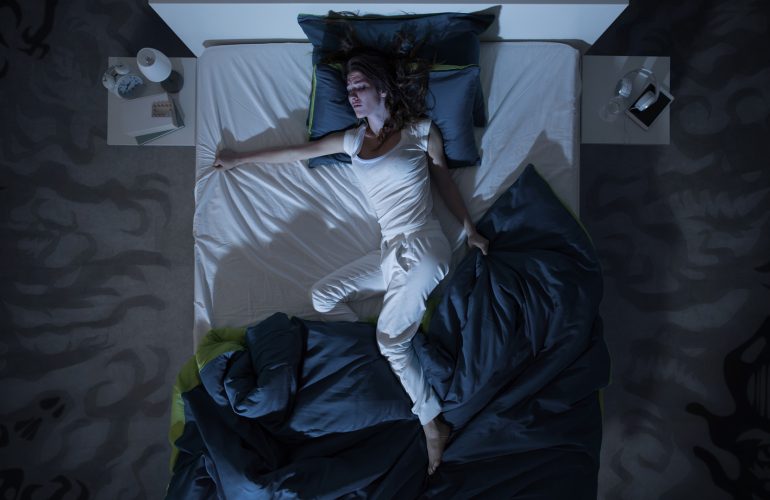[seasidetms_row data_shortcode_id=”16dn0mfoqp” data_padding_bottom_mobile_v=”0″ data_padding_top_mobile_v=”0″ data_padding_bottom_mobile_h=”0″ data_padding_top_mobile_h=”0″ data_padding_bottom_tablet=”0″ data_padding_top_tablet=”0″ data_padding_bottom_laptop=”0″ data_padding_top_laptop=”0″ data_padding_bottom_large=”0″ data_padding_top_large=”0″ data_padding_bottom=”50″ data_padding_top=”0″ data_bg_parallax_ratio=”0.5″ data_bg_size=”cover” data_bg_attachment=”scroll” data_bg_repeat=”no-repeat” data_bg_position=”top center” data_color=”default” data_bot_style=”default” data_top_style=”default” data_padding_right=”3″ data_padding_left=”3″ data_width=”boxed”][seasidetms_column data_width=”1/1″ data_shortcode_id=”9n4ph588tk” data_animation_delay=”0″ data_border_style=”default” data_bg_size=”cover” data_bg_attachment=”scroll” data_bg_repeat=”no-repeat” data_bg_position=”top center”][/seasidetms_column][/seasidetms_row][seasidetms_row data_shortcode_id=”por5z0lwd” data_padding_bottom_mobile_v=”0″ data_padding_top_mobile_v=”0″ data_padding_bottom_mobile_h=”0″ data_padding_top_mobile_h=”0″ data_padding_bottom_tablet=”0″ data_padding_top_tablet=”0″ data_padding_bottom_laptop=”0″ data_padding_top_laptop=”0″ data_padding_bottom_large=”0″ data_padding_top_large=”0″ data_padding_bottom=”50″ data_padding_top=”0″ data_bg_parallax_ratio=”0.5″ data_bg_size=”cover” data_bg_attachment=”scroll” data_bg_repeat=”no-repeat” data_bg_position=”top center” data_color=”default” data_bot_style=”default” data_top_style=”default” data_padding_right=”3″ data_padding_left=”3″ data_width=”boxed”][seasidetms_column data_width=”1/1″ data_shortcode_id=”m03e63o1tj” data_animation_delay=”0″ data_border_style=”default” data_bg_size=”cover” data_bg_attachment=”scroll” data_bg_repeat=”no-repeat” data_bg_position=”top center”][seasidetms_text shortcode_id=”oih3c6nxq” animation_delay=”0″]
Before you know it, it’ll be back-to-school time, and for those of you with children who may be heading back to the classroom this fall, you know how difficult, challenging and downright strange – in some places – the whole education subject has become over the past year. From accusations of indoctrination methodologies to the battle over masks, nothing is as easy as it once was in the world of parenting…and being a student.
We didn’t want to make things more complicated, but there’s also the sleep factor to take into consideration here; indeed, with all the summer getaways and activities, your kids’ sleep schedules may have gone a bit haywire – but there’s still time to help them get on a back-to-school sleep routine and practice some healthy sleep habits.
The best way to prepare your kids for a back-to-school sleep schedule is by beginning early – 10 days to two weeks early, to be precise. If you don’t have that much time left between now and your kids’ first day, don’t fret…simply start as soon as you possibly can.
Sweet Sleep Studio Main Tip: On a progressive routine, wake your kids up 15 minutes earlier each morning and put them to bed 15 minutes earlier than the previous day. This will help you work toward getting them ready and adjusted to sleeping the proper amount of hours while still waking up for school at the correct time each morning.
Beginning this process before the school year begins allows your children, whether they’re teens or younger, to adjust to the back-to-school schedule prior to their first day; as such, when that first day arrives, your kids can wake up rejuvenated and ready to put their mind to the test.
The following tips will help you ensure your kids keep healthy sleep habits far removed from insomnia.
- Be Consistent – Keeping a consistent sleep schedule devoid of changes, even on weekends, is one of the most helpful things we can recommend; it can even assist with keeping kids’ circadian rhythms (the body’s internal clock) regulated.
- To Wind Down and Relax, Maintain a Soothing Bedtime Routine – A consistent and relaxing bedtime routine will help signal to your kids’ bodies that it’s time to sleep. Establishing “quiet time,” reading a book, hearing a bedtime story (depending on age, of course) and performing other relaxing activities like taking a warm shower or bath can help kids prepare for bed.
- Prior to Bed, Limit Screen Time – Turn off the TV and other electronics an hour before bed and keep mobile devices outside the bedroom; studies we have looked at show that the light of screens from cell phones, tablets and laptops can confuse our bodies into thinking it’s still light outside, making it more difficult to fall asleep.
Some additional tips include:
- Creating a calm sleep environment
- Removing caffeine within six hours of bedtime
- Avoiding large meals before bedtime
- Exercising after school
For more information about helping your child with teenage sleep issues – or sleep disorders in kids 16 years of age and up – please contact Sweet Sleep Studio at (913) 309-5963.
[/seasidetms_text][/seasidetms_column][/seasidetms_row]




